Search
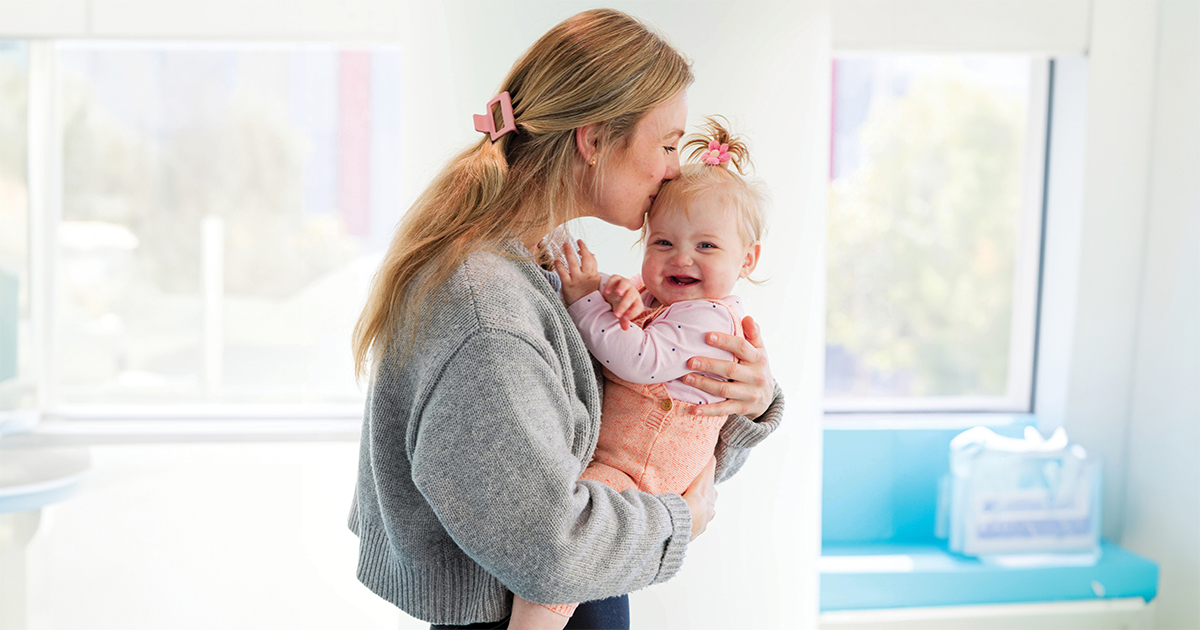
News & Events
Thinking of The Kids is central to child health research institute rebrandWestern Australia’s biggest and only medical research institute dedicated to improving kids’ health and wellbeing has rebranded to The Kids Research Institute Australia.
From the forest to the desert, across rivers and oceans, we have pioneered groundbreaking research to improve the health and happiness of kids
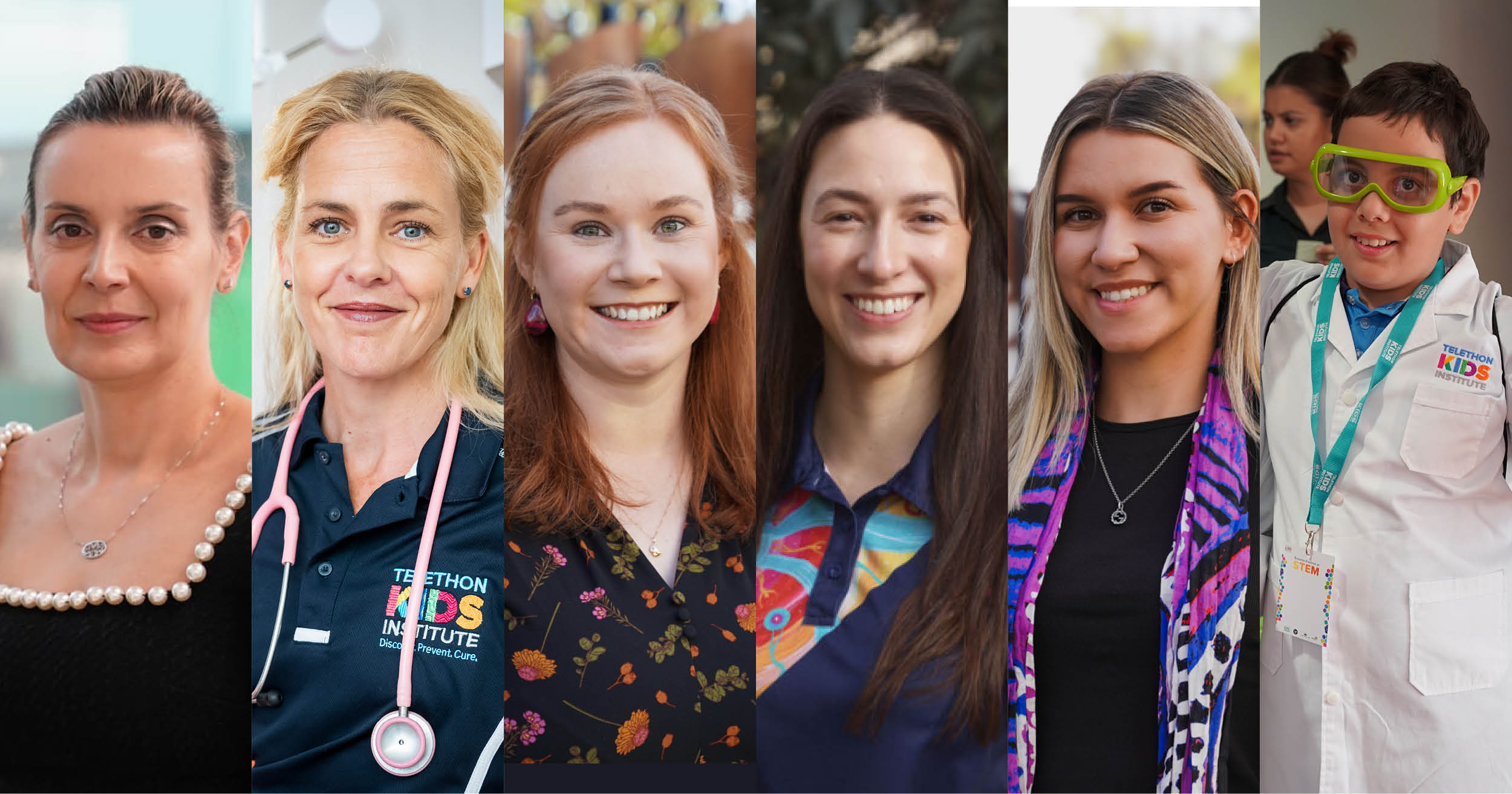
News & Events
The Kids researchers named finalists in 2024 Premier’s Science AwardsFive The Kids Research Institute Australia researchers and a popular Institute-led science festival for kids have been named as finalists in the 2024 Premier’s Science Awards.

News & Events
The Kids Research Institute Australia welcomes world-leading new laws for vapesThe Kids Research Institute Australia welcomes the Federal Government's stringent vaping reforms that took effect on 1 July 2024.
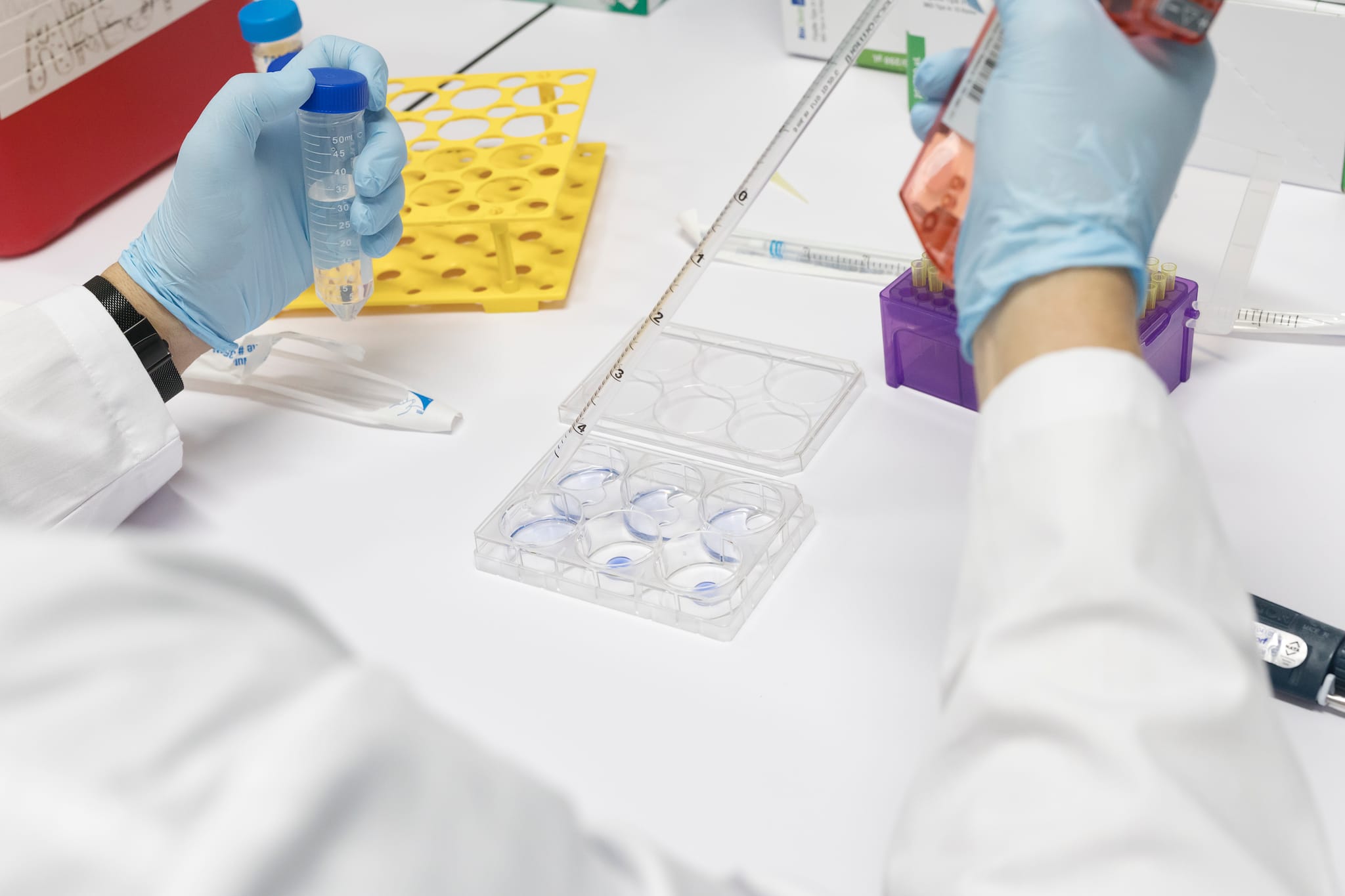
News & Events
WA Government delivers funding boost to research sectorMEDIA ENQUIRIES Mailing list Discover. Prevent. Cure. Media Contacts Be Inspired About The Kids Please direct general enquiries to our reception on (
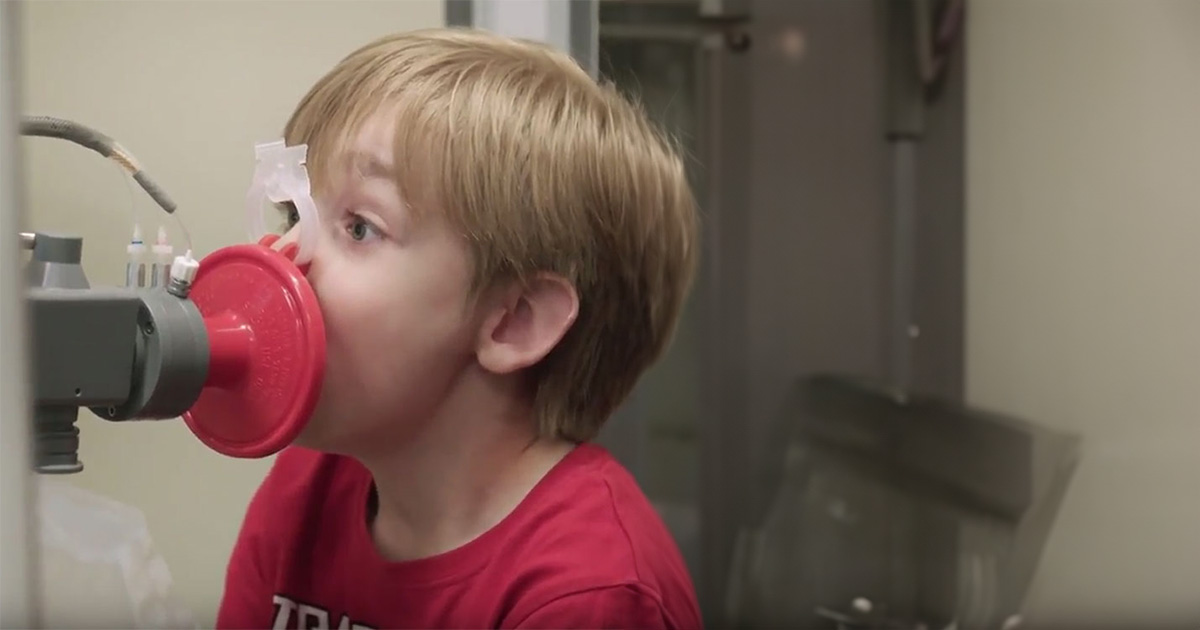
News & Events
Census data reveals stark gap in asthma risk for inner and outer city kidsChildren who live in the outer suburbs of Australia’s four biggest cities are twice as likely to have asthma as those living in inner city areas, according to a new study based on health data captured in the last Australian Census.

News & Events
Back to school: How to pack a healthy lunchbox to keep your child fuelled up for learning and playSummer holidays are nearly over, and with that, the never-ending requests for snacks that seem to come all day, every day.
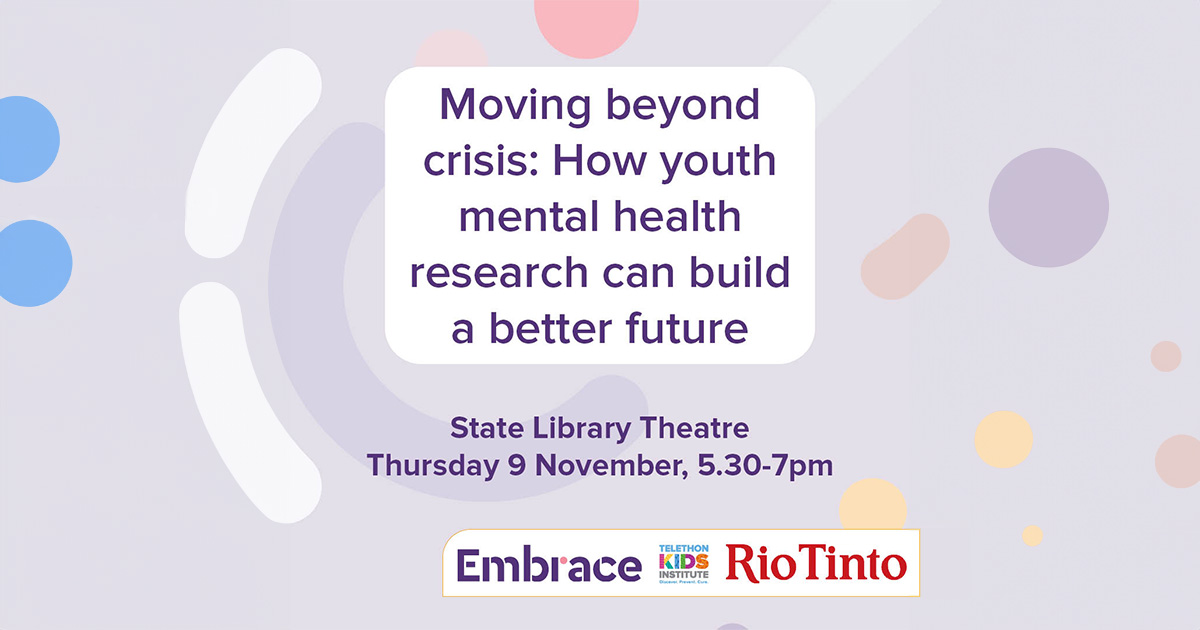
News & Events
Event: Moving beyond crisis: How youth mental health research can build a better futureOn the 9th of November from 5:30 to 7:30pm, Embrace @ The Kids Research Institute Australia, in partnership with Rio Tinto, invites you to a free public panel discussion on permacrisis and the mental health of young people.

News & Events
Event: Voice Panel discussionJoin Prof. Fiona Stanley AC, D. Morrison-Bird (CEO, Wungening), & RAP Co-Chair L. Chester in a pivotal talk on the Uluru Statement, and the difference a voice can make.
News & Events
Dolly’s Dream and The Kids Research Institute Australia launch new partnership with free cyber safety app, BeaconAnti-bullying organisation Dolly’s Dream has partnered with The Kids Research Institute Australia to get Beacon, the free cyber safety app, into the hands of parents and carers across the nation.
